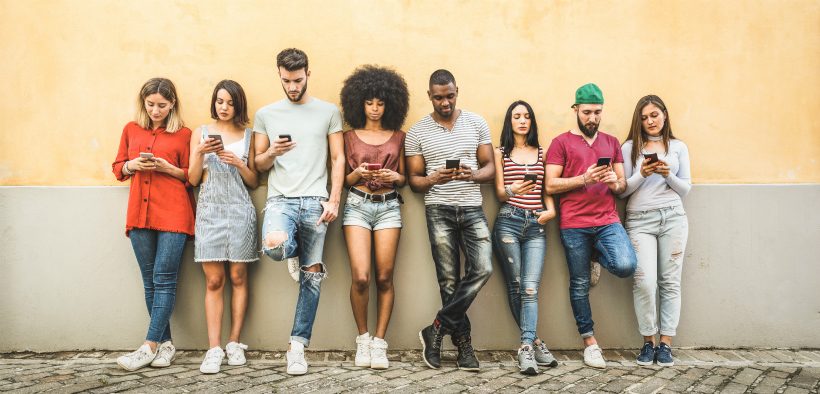As educators, we need to recognize the difference between the Gen Z students of today and the millennial students of a few years ago. The Pew Research Center designated the last birth year for millennials as 1996. The oldest members of Gen Z, born in 1997, are our university graduates. To identify this, the Pew Research Center used several historical markers to make this cutoff, including historical events such as 9/11, the wars in Iraq and Afghanistan, and the election of President Obama.
Move Over, Millennials . . . It’s Gen Z’s Classroom Now

- Tags: Gen Z students
Related Articles
I have two loves: teaching and learning. Although I love them for different reasons, I’ve been passionate about...
Active learning is a mostly meaningless educational buzzword. It’s a feel-good, intuitively popular term that indicates concern for...
Perhaps the earliest introduction a student has with a course is the syllabus as it’s generally the first...
Generative AI allows instructors to create interactive, self-directed review activities for their courses. The beauty of these activities...
I’ve often felt that a teacher’s life is suspended, Janus-like, between past experiences and future hopes; it’s only...
I teach first-year writing at a small liberal arts college, and on the first day of class, I...
Proponents of rubrics champion them as a means of ensuring consistency in grading, not only between students within...







